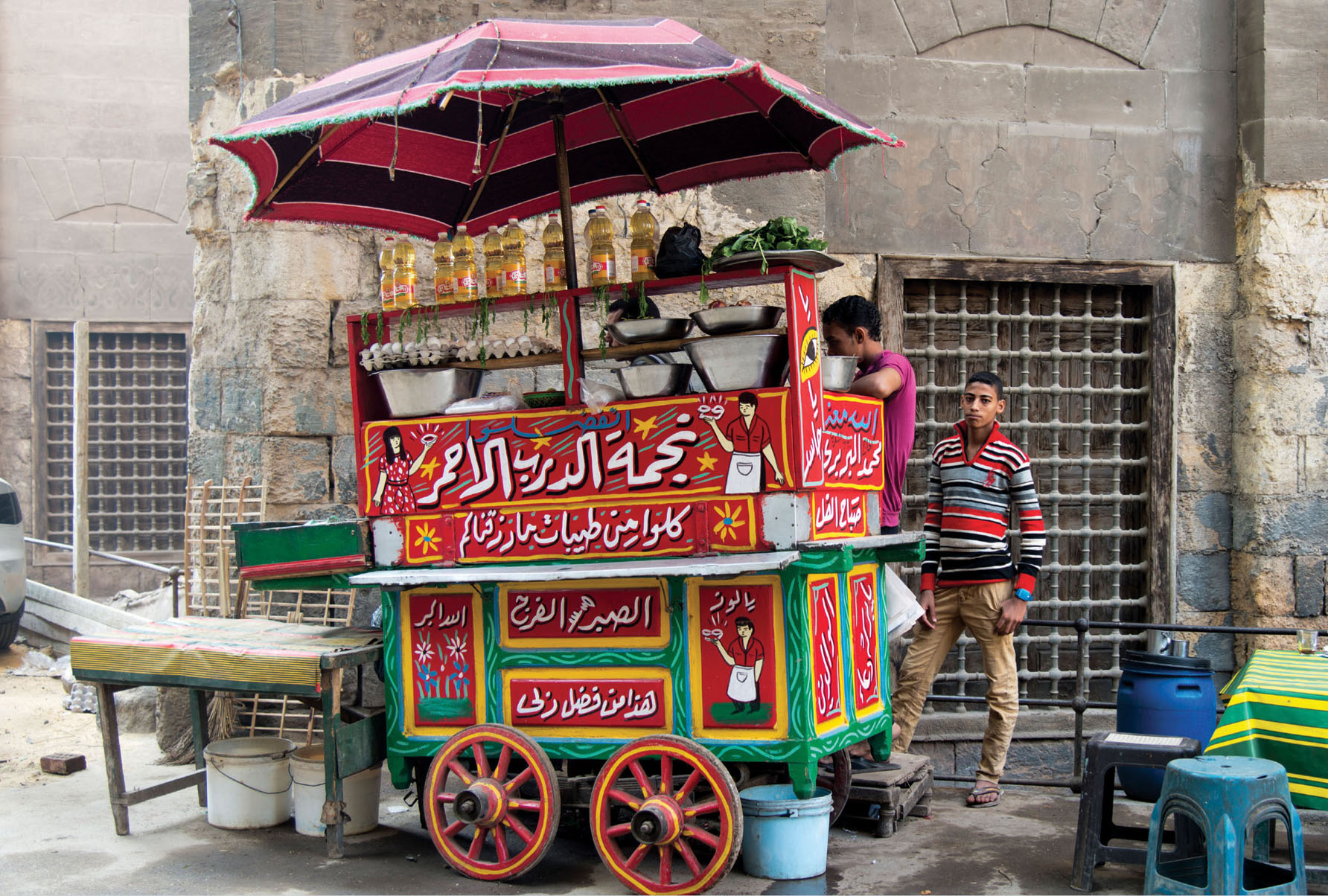Spices, Spice Mixtures & Spice Pastes

The Arabs had control over the spice trade long before the advent of Islam, and they kept this control after they converted to Islam, using the trade to start spreading their new religion beyond Arab lands along the spice trade routes. The spice trade was their main vehicle for spreading Islam—the other was violent conquest, although this was more in the early days. And when the Prophet Muhammad came into conflict with the powerful Quraish tribe in Mecca, who were people of his own family, it was a commercial relationship, again through the spice trade, that led the people of Medina (then known as Yathrib) to extend an invitation to the Prophet to take refuge with them.
Later, after Muhammad died and was succeeded by the Rashidun (meaning “rightly guided caliphs”), the Arabs expanded their trade and spices became even more important commodities. Not only were they not perishable and easy to carry over long distances, but spices were also very sought after, both for the taste they imparted to food and the fact that some spices could be used to preserve food.
Spices and spice mixtures are essential to the cooking in practically the entire Muslim world, whether in Asia, Africa, or Europe. Almost every Muslim majority country has its own spice mixtures, with some being very complex—like the Moroccan ras el-hanout with more than twenty-five spices in the mixture—to others such as the Tunisian b’harat, which is simply two spices, one of them being a fragrant flower. Each country can be associated with one or more spices. No dish in the Arabian Gulf would be complete without cardamom, whereas the Levant’s flavors are cinnamon, allspice, and black pepper. You wouldn’t find a kitchen in Iran without a stock of saffron, nor one in Morocco for that matter; many of these countries’ dishes are infused with the unmistakable taste of saffron. Ginger could be considered the flavor of India and Pakistan, not to mention the amazing garam masalas that are used to enhance both rice dishes and curries, as well as side dishes and the fillings in samosas. Chili is the spice of Indonesia, Malaysia, and most of Muslim Africa.
In this chapter, I give recipes for essential spice mixtures, condiments, and sauces.

